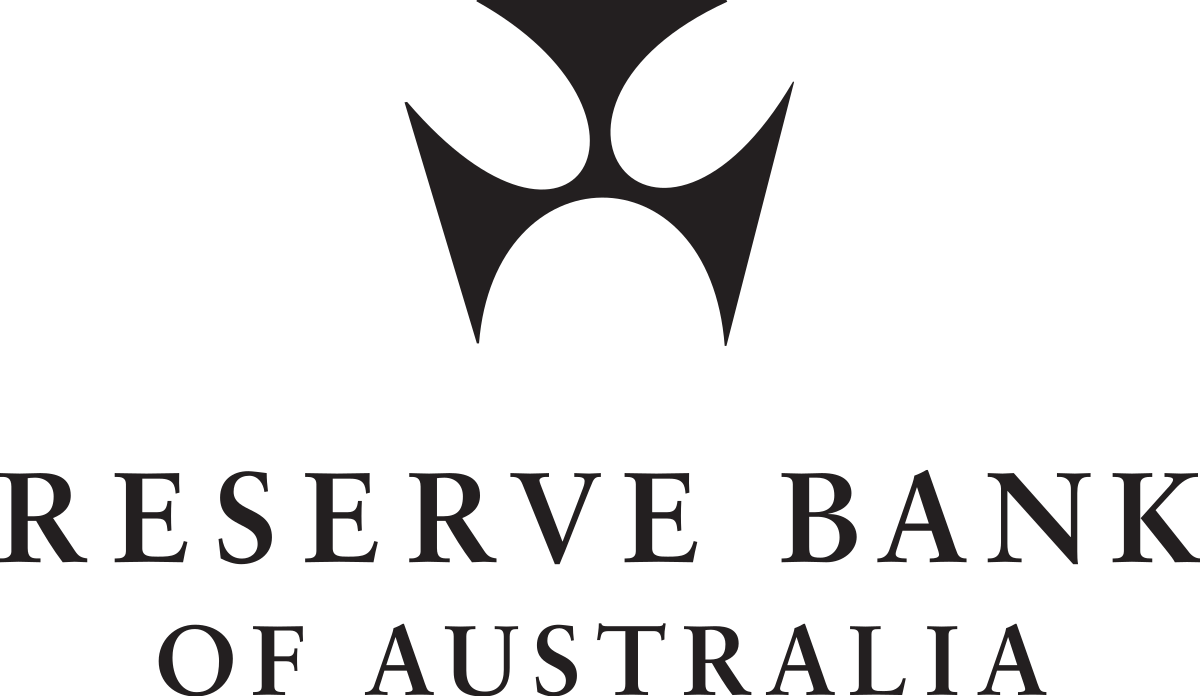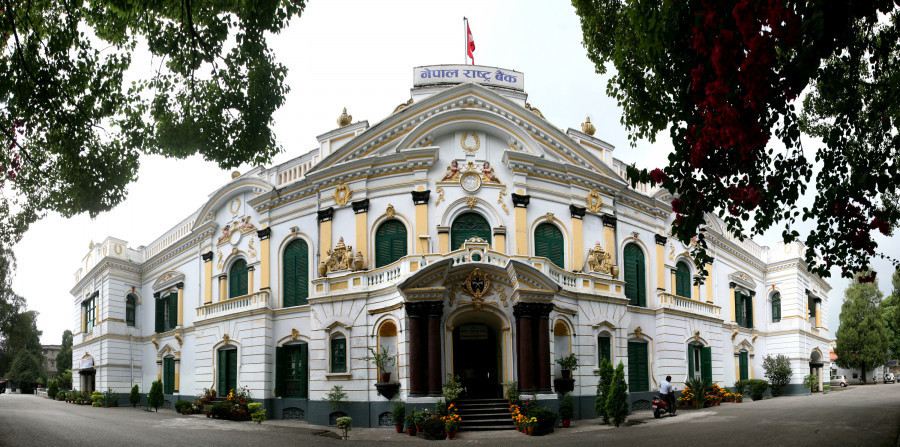The Reserve Bank of Australia i.e. Australia’s Central Bank leaves the official cash rate unchanged at 4.10% in its July Monetary Policy Committee Meeting. It also holds the interest rate on Exchange Settlement Balances at 4%.
The Official Cash Rate (OCR) is the benchmark rate in the Australian economy which determines other market interest rates in Australia. As a result, any movement in the OCR will have a significant impact on the cost of borrowing and lending and hence will impact the financial and economic decision making process of millions of Australian people and businesses. The Exchange Settlement Accounts are the accounts of the Australian Banks in the Reserve Bank of Australia which they use to deposit their funds to settle the interbank transactions. The Reserve Bank currently pays 4% interest on those deposit accounts of Australian Banks. Similarly, any change in this interest rate on exchange settlement balances will likely impact the bank’s funding costs.
With the help of cash rate, the RBA tries to impact the Australian economy and hence try to achieve its dual mandate of achieving price stability and maximum employment. When the inflation level is too high then the RBA increases the cash rate to increase the cost of borrowing for business and households and try to dampen the aggregate demand of the economy hence trying to put a downward pressure of prices and vice versa. But the dilemma in achieving dual mandate arises when the unemployment rate begins to rise if the interest rates are too high, Hence, achieving a balance in inflation and employment is a tricky task for the central banks around to world with the use of the central bank policy rate i.e. Official Cash Rate in the case of RBA.
The RBA had increased the cash rate by 4% 0r 400 basis points since the May of last year to tackle a record high inflation since 1990. Today decision to hold the rates was quite balanced as this comes after a lot of Economists and Analysts were divided whether they will hike another 25 basis points today given the underlying inflation remaining at a sticky and elevated levels.
The latest CPI inflation indicator of May 2023 rose 5.6% in the last 12 months up to May while the latest unemployment rate stood at 3.6% in May 2023. The labor market is still very tight given the lowest level of unemployment after the Australian economy rebounded after the COVID-19 lockdowns and restrictions. This has certainly put an upward pressure on inflation because people have a higher purchasing capacity due to good employment opportunities in the economy. Another factor that is putting an upward pressure on inflation is the extremely tight and expensive property market in Australia which has already started to bounce back from a slight correction due to the higher mortgage rates. The rental vacancy rates in almost all of the major capital cities in Australia like Sydney, Melbourne, Brisbane etc. are at an all time low which suggests that the owners and investors are significantly increasing the rental prices due to the high demand. Immigration which has rebounded after the COVID-19 restricts has also impacted this rental crisis and high inflation. The future looks grim as the government still plans to boost immigration in the coming years. The housing supply is in shortage due to the supply constraints and increased borrowing costs and materials costs for the housing developers.
The RBA mentioned today that it is buying more time to see how the past rate rises are impacting the economy and is still very determined to bring back the inflation to 2-3% target. As a result, RBA still thinks that some further monetary tightening could be required and keeps the possibility of future rate rises alive.
RBA Media Release : https://www.rba.gov.au/media-releases/2023/mr-23-16.html





